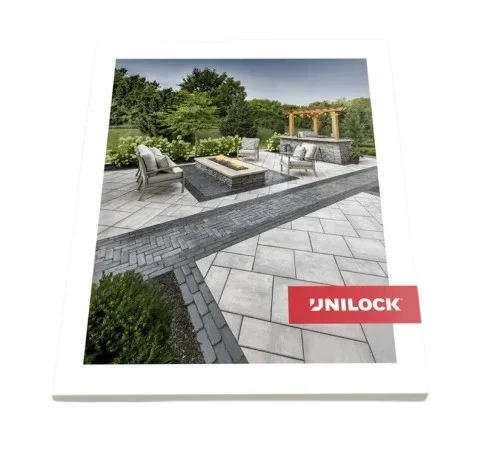Veuillez appeler le 1-800-Unilock ou contacter l'un de nos responsables de territoire.
Joint Sand also know as “jointing sand” or “jointing material” is a critical component of any paver system and is required in order for the installation to perform as intended. There are many types of joint sand but first and foremost, the application will dictate the most appropriate type of joint infill required.
Joint sand is so important that there is an ASTM specification that dictates the range of particle sizes for the sand to be the most effective at “locking up” the pavers. Always use sand that conforms to ASTM C-144 especially in vehicular applications.




